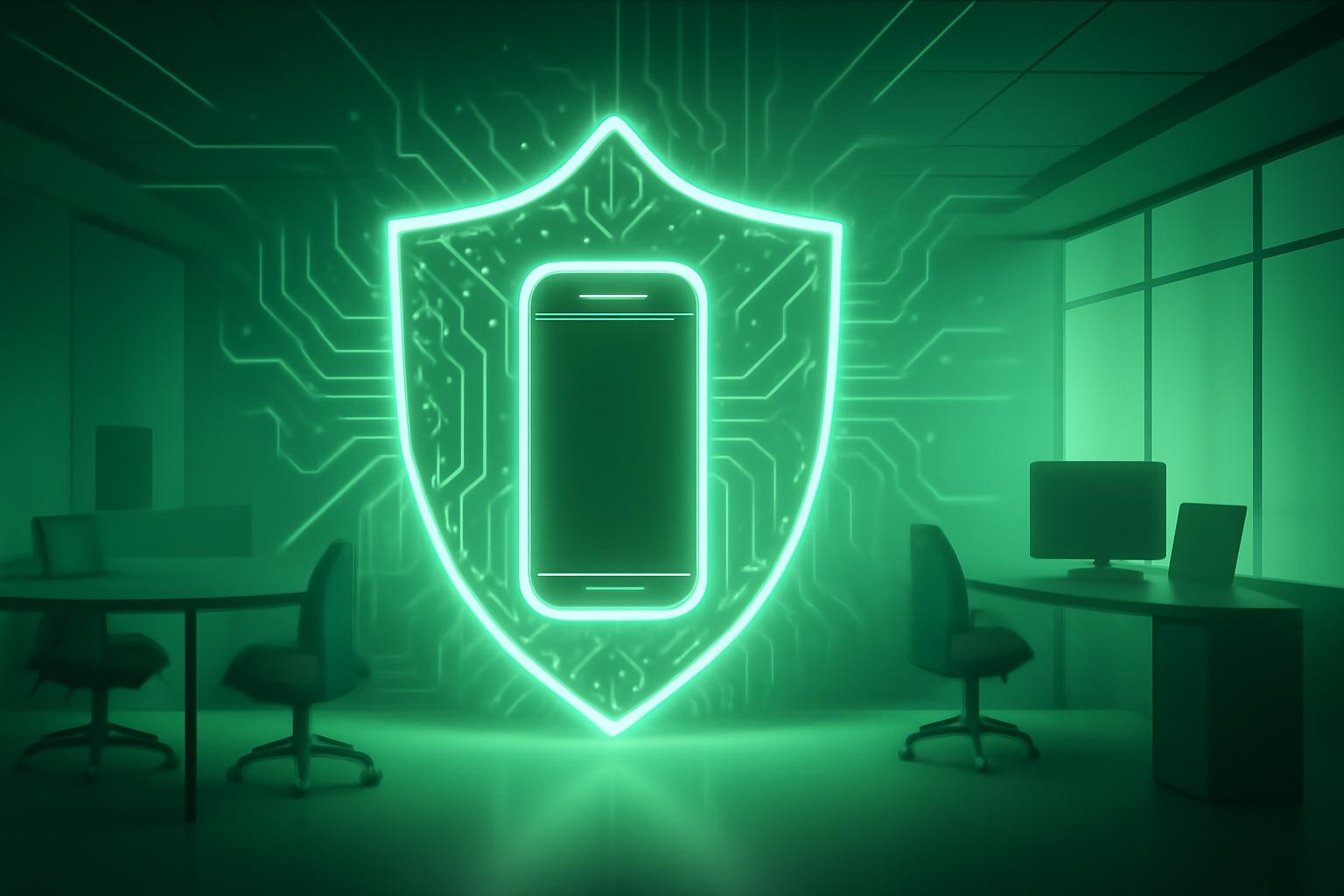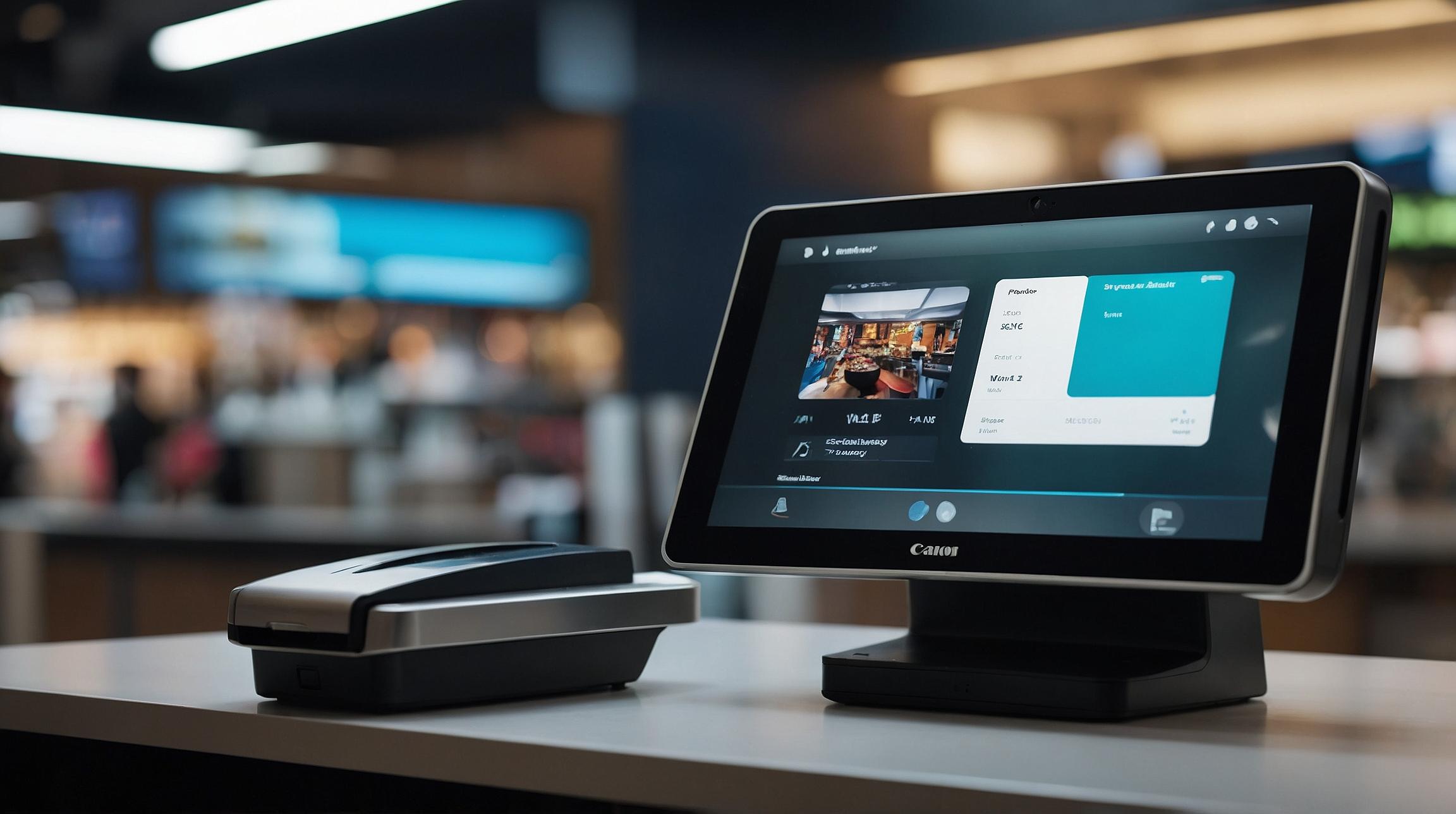Apple Introduces Memory Integrity Enforcement to Combat Spyware on New iPhones
Apple has quietly unveiled a significant security enhancement alongside its latest iPhone 17 and iPhone Air releases. The new feature, called Memory Integrity Enforcement (MIE), is designed to address a prevalent class of vulnerabilities known as memory corruption bugs, which are frequently exploited by spyware developers and forensic tool manufacturers.
Memory corruption vulnerabilities allow unauthorized access to device memory, enabling malicious actors to inject spyware or extract sensitive data. Apple highlights that these vulnerabilities are common across iOS, Android, and Windows platforms, making them a favored target for surveillance and hacking campaigns.
How Memory Integrity Enforcement Works
MIE is built upon the Enhanced Memory Tagging Extension (EMTE), a technology developed in partnership with chipmaker Arm over the past five years. This system assigns a unique tag—a sort of secret password—to each memory segment on the device. Only applications possessing the correct tag can access that memory, and any mismatch triggers an automatic crash and logging event, disrupting potential exploits and aiding detection.
This approach substantially reduces the attack surface available for memory-related exploits, which cybersecurity experts identify as the majority of hacking vectors.
Expert Perspectives on Security Impact
Security researchers, including those with experience in developing zero-day exploits for government clients, regard MIE as a major leap forward in mobile security. One expert described the iPhone 17 as “probably now the most secure computing environment on the planet that is still connected to the internet.” While acknowledging that no system is entirely hack-proof, the feature significantly raises the bar for attackers, increasing both the time and financial costs to develop effective exploits.
Jiska Classen, a researcher at the Hasso Plattner Institute, noted that MIE will invalidate many existing exploits, potentially leaving spyware vendors without working attacks on the new devices for an extended period. Patrick Wardle, who leads a cybersecurity startup focused on Apple products, emphasized that despite the ongoing cat-and-mouse dynamic in cybersecurity, upgrading to the latest iPhones equipped with MIE is advisable for those concerned about spyware threats.
Broader Implications for Spyware and Forensic Tools
MIE is expected to diminish the effectiveness of both remote spyware attacks—such as those associated with NSO Group’s Pegasus and Paragon’s Graphite—and physical hacking tools like Cellebrite and Graykey, which are used to unlock or extract data from devices.
The feature will be enabled system-wide by default, protecting built-in apps like Safari and iMessage that are common entry points for spyware. However, third-party developers must actively implement MIE support to extend these protections to their apps, a process that may influence the overall security impact based on adoption rates.
Limitations and Future Outlook
While MIE represents a significant advancement, experts caution that it is not an absolute defense. Some attackers will continue to find vulnerabilities, and as long as there is demand, spyware vendors will innovate to circumvent protections. Matthias Frielingsdorf, vice president of research at iVerify, emphasized that MIE will increase costs for attackers and potentially drive some out of business, but it will not eliminate all threats.
Apple has not publicly commented beyond its blog post detailing MIE, but the feature underscores the company’s commitment to enhancing user security amid growing concerns over mobile device surveillance.
FinOracleAI — Market View
Apple’s introduction of Memory Integrity Enforcement is poised to strengthen the security posture of its latest iPhones, directly targeting vulnerabilities exploited by spyware and forensic tools. This enhancement could reduce successful attacks and elevate the cost of exploit development, benefiting user privacy and trust in Apple devices. However, adoption by third-party developers and the pace of threat actor adaptation remain key variables to monitor.
Impact: positive













